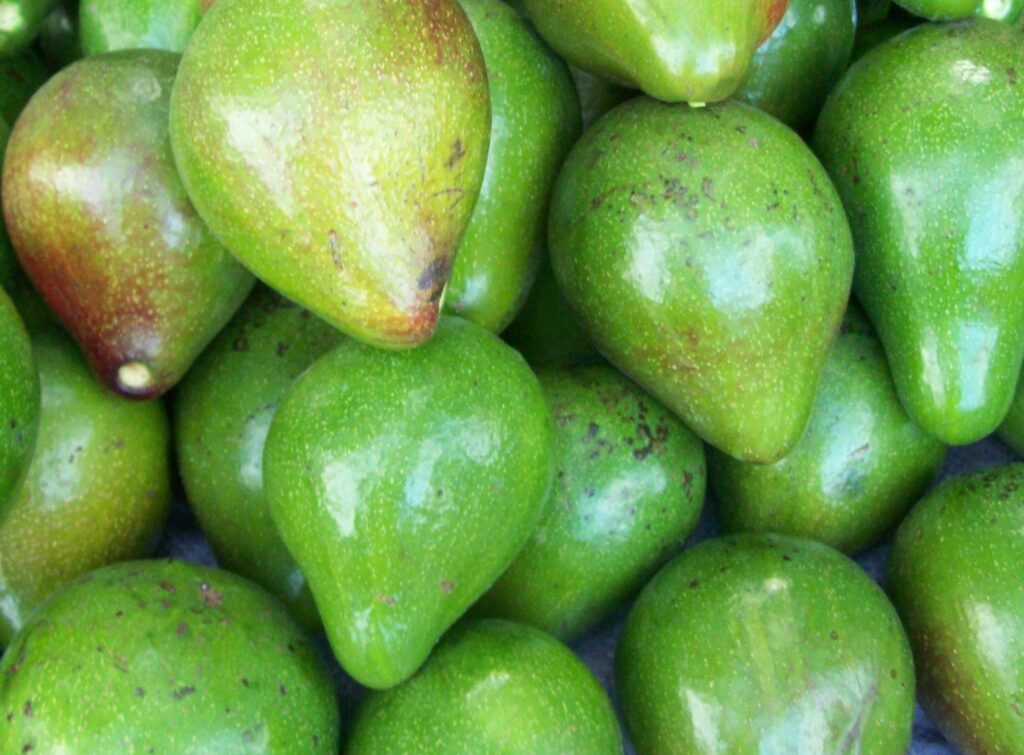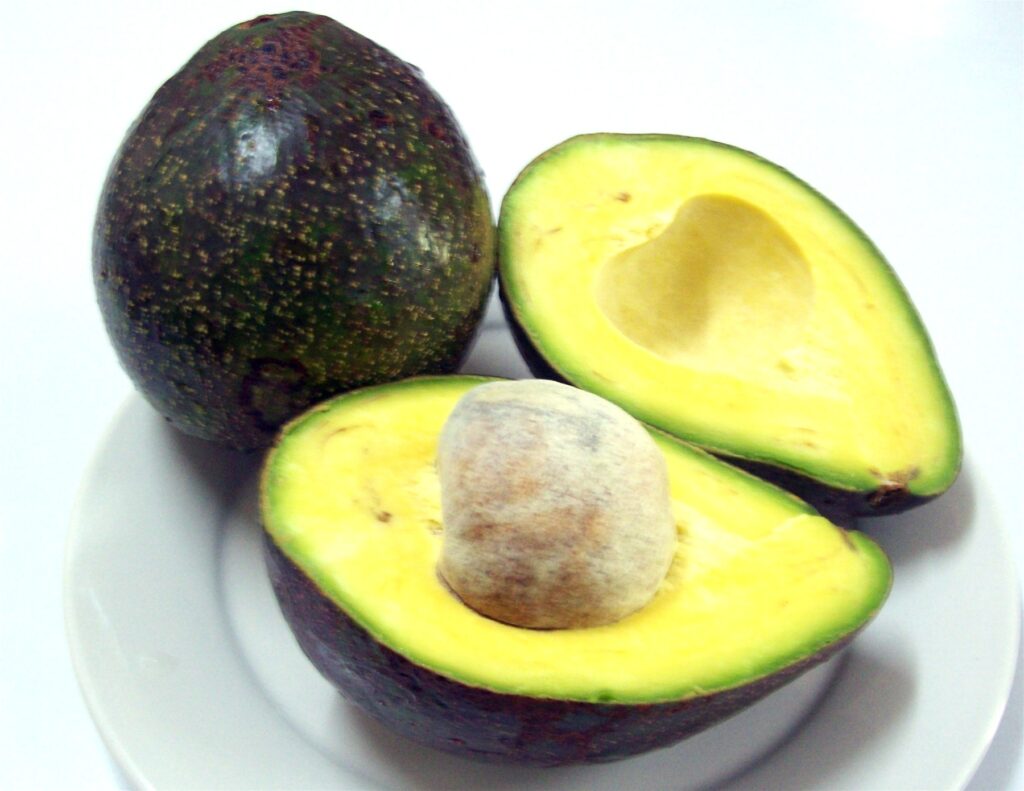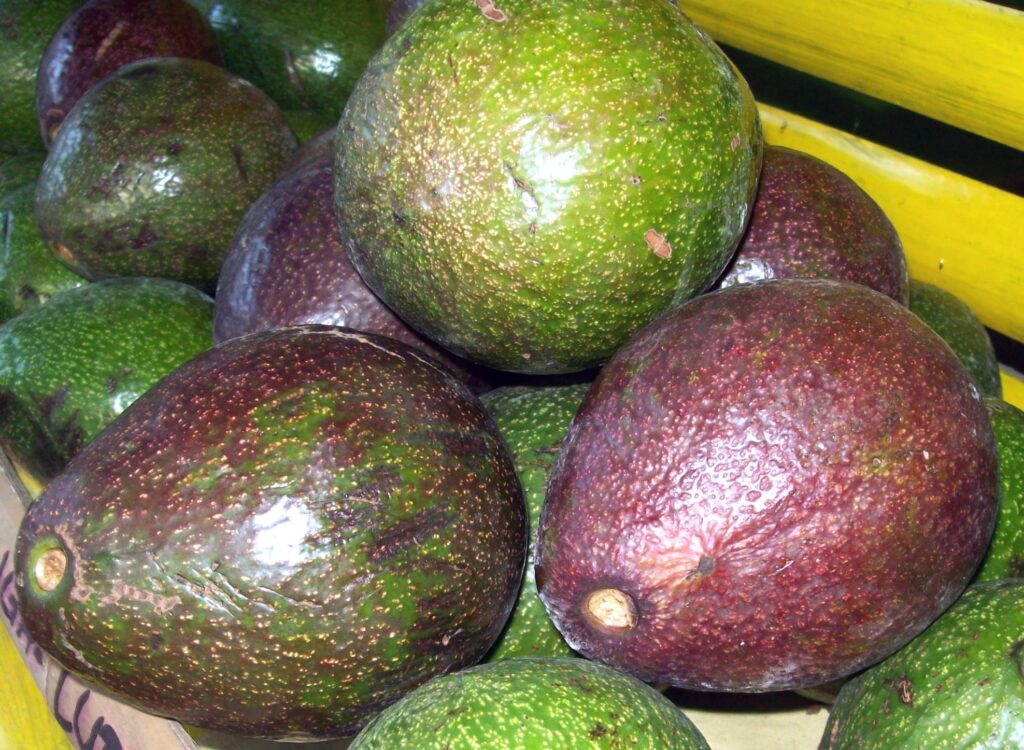Text and Photos by Henrylito D. Tacio
Avocado is often said to be the most nutritious fruit in the world. The reason, according to “Health Online Zine,” is that the fruit “contains in excess of 25 essential nutrients, including vitamins A, B, C, E, and K, copper, iron, phosphorus, magnesium, and potassium.”
Avocado also contains fiber, protein and beneficial phytochemicals such as beta-sitosterol, glutathione and lutein, which help protect against various diseases and illness. In addition, “avocado is one of the high calorie fruits that you could be eating. This is due to its larger amounts of fat content, approximately 20 times the average of other fruits.”
Yes, you read it right! This is the reason why most people avoid eating avocado because of its high fat content. But what they don’t know is the fact that the fat the fruit contains is the healthful monounsaturated fat, which has been linked to a reduced risk of cancer, heart disease, and diabetes.
Nutritionists claim avocado contain goodly amounts of Vitamin C (necessary for the production of collagen needed for the growth of new cells and tissues, prevents viruses from penetrating cell membranes, and also a powerful antioxidant), thiamine (converts carbohydrates to glucose to fuel the brain and nervous system), and riboflavin (helps the body to release energy from proteins, carbohydrates and fat).
Avocados also have 60% more potassium than bananas. Potassium is a mineral that helps regulate blood pressure. As such, adequate intake of potassium can help guard against circulatory diseases, like high blood pressure, heart disease, or stroke. In addition, avocado also provides calories for energy and beneficial phytochemicals such as glutathione.
The fruit helps maintain a healthy heart. Avocado contains vitamin B6 and folic acid, which help regulate homocysteine levels. High levels of homocysteine is associated with an increased risk of heart disease. Besides that, the vitamin E, glutathione and monounsaturated fat it contains aid in maintaining the heart to be healthy.
“Avocados aid in blood and tissue regeneration, stabilize blood sugar, and are excellent for heart disorders,” says Dr. Ed Bauman, director of Bauman College. “They’re loaded with fiber (11 to 17 grams per fruit) and are a good source of lutein, an antioxidant linked to eye and skin health.” Unsaturated fats are those found in dairy and animal products.
Avocado is the fruit that diabetics should eat as it can regulate the blood sugar levels. “Health Online Zine,” explains: “The monounsaturated fats in avocados can reverse insulin resistance, which helps to regulate blood sugar levels. Avocados also contain more soluble fiber, which keeps blood sugar levels high.”
Recent studies have also shown that high avocado intake has an effect on blood serum cholesterol levels. Specifically, after a seven day diet rich in avocados, hypercholesterolemia patients showed a 17% decrease in total serum cholesterol levels. These subjects also showed a 22% decrease in both LDL (low-density lipoprotein or “bad cholesterol”) and triglyceride levels and 11% increase in HDL (high-density lipoprotein or “good cholesterol”) levels.
Avocado reduces stroke risk and protects a person against cancer. “The high levels of folate in avocados also protect against stroke,” “Health Online Zine” states. It cited a study which showed individuals who ate a diet rich in folate had a lower risk of stroke than those who did not.
In the Philippines, breast cancer is the leading cause of cancer of women; one in 13 Filipinas will develop breast cancer in her lifetime. Among Filipino males, prostate cancer is the second most common cancer (after lung cancer). “Health Online Zine” points out: “Many studies have shown that avocado can inhibit the growth of prostate cancer. The oleic acid in avocado is also effective in preventing breast cancer.”
Some dermatologists recommend using – not eating! – avocado for those with dry skin. Here’s how to use it: Rub the inside of the skins against clean skin. For a face mask, mix 1/4 cup each of avocado puree and sour cream. Gently rub on the face and neck, avoiding the sensitive areas around the eyes, and let it soak in about 15 minutes. Rinse with tepid water. Then gently massage the invisible oil into the skin with an upward and outward motion.
Overall, avocado is considered a complete food: it has vitamins, minerals, antioxidants, calories and fiber, no cholesterol, and is sodium free. As such, avocado is ideal for growing up children, adults and even for babies, especially when blended with other fruits. For athletes, avocado is a nutritious energy booster to rev up the body’s strength.
In the past, avocado has been considered to be an aphrodisiac. In fact, the Aztecs used the avocado as a sex stimulant and its name for the fruit as ahuacatl, which means “testicle.” Because of this well-entrenched reputation for inducing sexual prowess, avocado wasn’t purchased or consumed by any person wishing to protect their image from slanderous assault.
Although edible by themselves, avocados are commonly used as a base in dips. In areas where the fruit is commonly grown, a common breakfast is avocado on toast. This is made by mashing the avocado with some lemon juice, salt and pepper and spreading on hot freshly toasted bread.
Actually, the avocado fruit is not sweet, but fatty, distinctly yet subtly flavored, and of smooth, almost creamy texture. In Brazil and Vietnam, avocados are frequently used for milk-shakes and occasionally added to ice cream and other desserts. In Indonesia, a dessert drink is made with sugar, milk or water, and pureed avocado.
In the Philippines, ripe avocado is often eaten as a snack by scooping flesh from the skin then mixed with some sugar and milk or cream. Most Filipinos simply find the taste so delicious!
In Australia, avocado is commonly served in sandwiches, often with chicken. In Mexico, avocado is served mixed with white rice, in soups, salads, or on the side of chicken and meat. In Peru avocados are consumed with tequeños as mayonnaise, served as a side dish with parillas, used in salads and sandwiches, or as a whole dish when filled with tuna, shrimps, or chicken.
But before you pile avocados onto every dish, remember that when it comes to calories, avocados have lots of them – because of all that fat. Fat of any type has double the calories of the same amount of carbohydrates. “Avocados add great variety to a well-balanced, low-fat diet, but you have to eat them in moderation,” reminds Melanie Polk, a registered dietitian and director of nutrition education at the American Institute for Cancer Research in Washington, D.C.
Another word of warning: There is documented evidence that animals such as cats, dogs, cattle, goats, rabbits, rats, birds, fish and horses can be severely harmed or even killed when they consume the avocado leaves, bark, skin, or pit. The avocado fruit is poisonous to some birds.
The reason for this is that avocado leaves contain a toxic fatty acid derivative known as persin. The symptoms include gastrointestinal irritation, vomiting, diarrhea, respiratory distress, congestion, fluid accumulation around the tissues of the heart and even death. Birds also seem to be particularly sensitive to this toxic compound. Negative effects in humans seem to be primarily in allergic individuals.
In the Philippines, the leading producing regions are the Cagayan Valley, Central Visayas and Southern Tagalog, while the leading producing provinces are Bohol, located in Central Visayas and Isabela, Nueva Vizcaya, Quirino and Cagayan which are located in the Cagayan Valley.
A report from the UN Food and Agriculture Organization (FAO) said most regions of the country, however, have low productivity since avocado is grown mostly as a backyard tree or as a component of a mixed orchard with little or no care at all.
“Avocado has a bright potential for development in the country,” says Rachel C. Sotto in a position paper published by FAO. For one, avocado can be grown anywhere in the country. “This is due to the introduction of several varieties belonging to the three different avocado races, giving the crop a wide range of soil and climatic adaptability,” she writes.
For another, the avocado has a long fruiting season. “In the Philippines, the peak of the fruiting season is from May to September, although some trees in certain localities fruit from January to March.”
Sotto is batting for the growing of avocado in the country because the fruit has a big potential for generating dollar revenues for the country. In the United States, avocado is sold at a very high price. Although avocado is listed as a fruit in the Philippines, it is considered a vegetable in the US.
“Avocados are often put on hamburgers and ham sandwiches,” reports the Philippine News Agency. “They are also used on carne asada tacos. In South Texas, peanut butter and avocado sandwiches are popular lunch box items, most commonly associated with Mexican-Americans. Avocados are also combined with eggs, in scrambled eggs, and in tortillas or omelettes.” — ###




